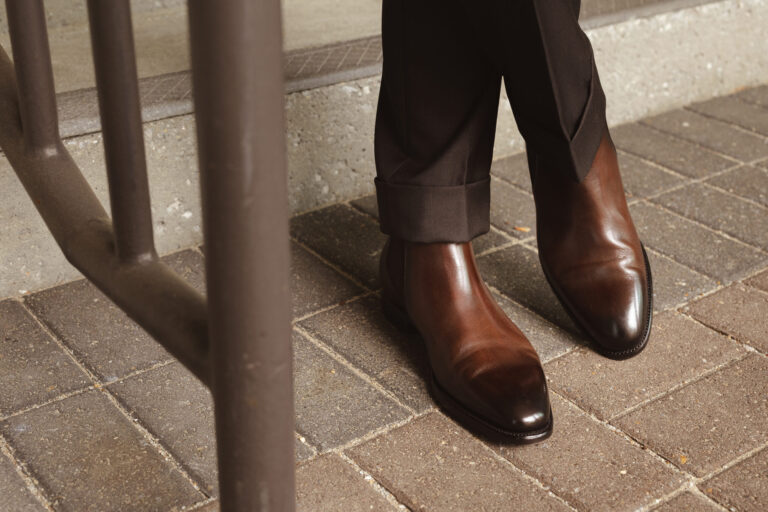Hats have long been a staple in fashion, offering both function and style. While traditionally worn for warmth and sun protection, hats have also served as statements of personal identity and cultural significance. However, one of the most debated aspects of hat-wearing is whether it is appropriate to wear a hat indoors. The answer depends on various factors, including historical customs, etiquette, fashion trends, and personal preference.
A Brief History of Hat Etiquette
The tradition of removing one’s hat indoors dates back centuries and is deeply rooted in Western customs. Historically, removing a hat when entering a building was a sign of respect, particularly in someone else’s home, a place of worship, or a formal setting. This practice was influenced by medieval chivalry, where knights would remove their helmets to show they meant no harm. Over time, this custom evolved into a general rule of etiquette that dictated when and where hats should be removed.
Modern Social Norms and Hat-Wearing Indoors
Today, societal norms regarding hat-wearing have become more relaxed. While some still consider it impolite to wear a hat indoors, others see it as a fashion statement that should not be bound by traditional rules. Several factors contribute to the evolving acceptance of wearing hats indoors:
- Casual and Creative Work Environments: Many modern workplaces have adopted a more relaxed dress code, making it acceptable to wear hats indoors, especially in creative fields such as music, design, and entertainment.
- Cultural and Religious Considerations: Some individuals wear hats, headscarves, or other head coverings for religious or cultural reasons, which take precedence over traditional etiquette.
- Fashion Trends: Hats have become a significant part of street style, with beanies, baseball caps, and fedoras making their way into indoor fashion norms.
- Practicality: In colder climates, people may choose to keep their hats on indoors for warmth, particularly in drafty or large public spaces.
When Should You Remove Your Hat Indoors?
Despite changing attitudes, there are still some situations where removing a hat is expected:
- During Meals: Whether at a restaurant or a dinner table at home, taking off a hat is considered good manners.
- In Religious Settings: Many places of worship have guidelines regarding headwear, with some requiring removal and others requiring covering the head.
- During National Anthems or Pledges: As a sign of respect, removing a hat during national anthems, flag ceremonies, or moments of silence is a longstanding tradition.
- At Formal Events: Weddings, funerals, and other solemn or elegant occasions often call for more traditional etiquette, including hat removal.
- In Someone’s Home: When entering another person’s home, it is often polite to follow their preferences regarding hat-wearing.
Personal Expression vs. Etiquette
Ultimately, wearing a hat indoors is a personal choice that depends on the setting, context, and cultural background. While some people adhere strictly to traditional etiquette, others embrace the evolving nature of fashion and personal expression. Understanding the significance behind hat etiquette and knowing when to remove or keep a hat on can help navigate social situations with grace and confidence.
Final Thoughts
Wearing a hat indoors is no longer as rigidly governed by tradition as it once was. As social norms continue to shift, the decision to wear a hat inside depends on individual style, cultural influences, and situational appropriateness. Whether you choose to embrace the classic etiquette of hat removal or prefer to challenge conventional norms, the key is to remain aware and respectful of different settings and perspectives. In the end, fashion is about self-expression, but good manners never go out of style.




Leave a Comment